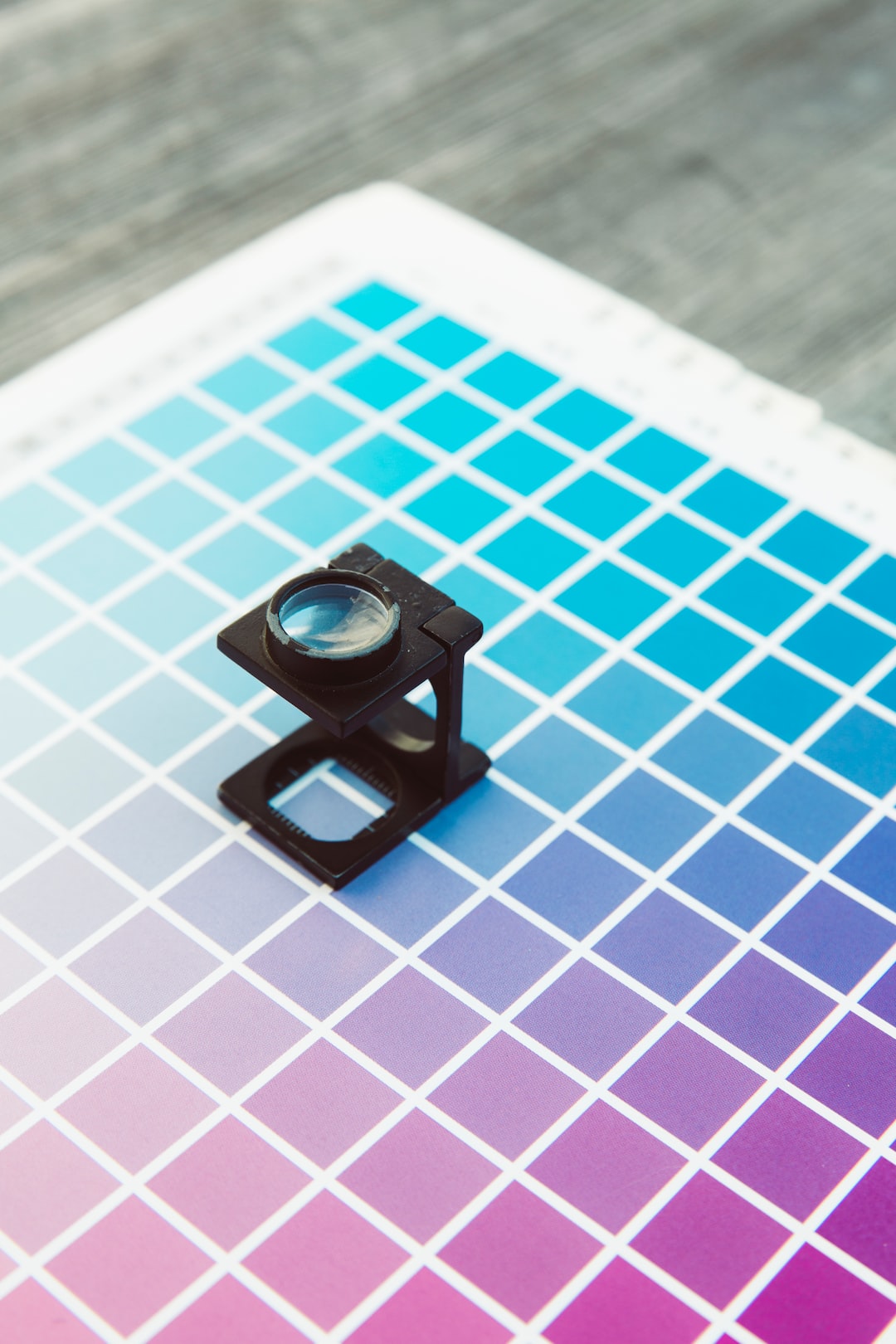From Concept to Creation: Unveiling the Design Process Behind Popular Logos
Logos are everywhere. They represent and distinguish brands, becoming a visual representation that consumers immediately recognize. But have you ever wondered how these logos are created? What is the design process that leads to their final creation? In this blog post, we will delve into the fascinating world of logo design and uncover the journey from concept to creation.
The first step of the logo design process is exploration. Designers typically begin by conducting thorough research on the company, its values, target audience, and competitors. This background knowledge helps them understand the brand’s vision and identify creative directions for the logo design. Many companies also provide a design brief that includes specific guidelines, such as preferred colors or desired imagery. Armed with this information, designers begin sketching out rough ideas and concepts.
Sketching is an essential part of the logo design process. It allows designers to quickly iterate through different concepts and explore various visual elements. These initial sketches are often done by hand, providing a more tangible and organic creative experience. While some sketches may look radically different from the final logo, each iteration helps designers refine their ideas and bring them closer to the desired outcome.
After the sketching phase, designers move on to the digital realm. Using design software like Adobe Illustrator, they start translating their sketches into digital formats. This step allows for better precision and flexibility in manipulating shapes, lines, and typography. Designers experiment with different typefaces, colors, and graphic elements, slowly honing in on the perfect combination that conveys the brand’s message and values.
The next step is perhaps the most critical phase of the design process: feedback and iteration. Designers present their initial concepts to the client and gather feedback on each iteration. This collaboration ensures that the final logo aligns with the client’s vision while incorporating the designer’s expertise. Iteration after iteration, the logo evolves, as both parties fine-tune every detail until they achieve a design that both the client and the designer are satisfied with.
Color selection is another significant aspect of logo design. Colors evoke emotions and associations, and the right color palette can help strengthen a brand’s message. Designers carefully consider the psychology behind colors and select hues that resonate with the brand’s identity. For example, red may convey energy and passion, while blue can be associated with trust and reliability. The choice of color depends on the brand’s values and the intended emotional response from the audience.
Typography plays a crucial role in logo design as well. The right typeface can convey a brand’s personality, whether it’s bold and modern or elegant and timeless. Designers often customize or create entirely new typography to ensure that the logo stands out and is unique to the brand. Each curve, serif and stem is meticulously crafted to ensure visual harmony and legibility at any size.
Once the final design is approved, designers prepare the logo for different applications. They create variations that work across various mediums, such as social media profiles, website headers, and even printed materials. This step involves resizing the logo, optimizing it for different formats, and ensuring that it remains recognizable in various sizes and contexts.
In conclusion, the design process behind popular logos is a blend of research, exploration, sketching, iteration, color psychology, typography, and adaptability. It’s a meticulous journey that culminates in a powerful visual representation of a brand. The next time you come across a logo, take a moment to appreciate the thought, creativity, and expertise that went into its creation.
